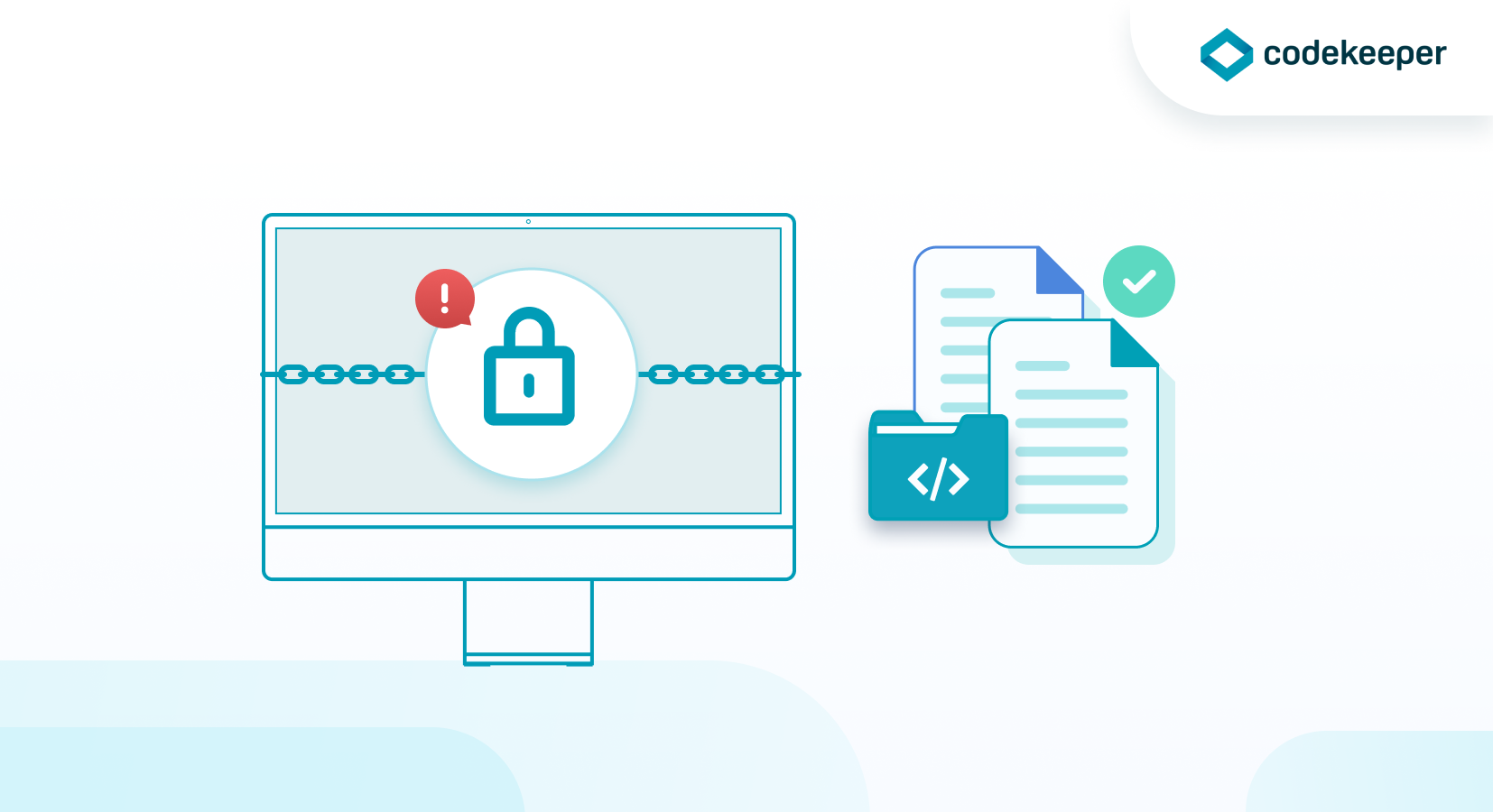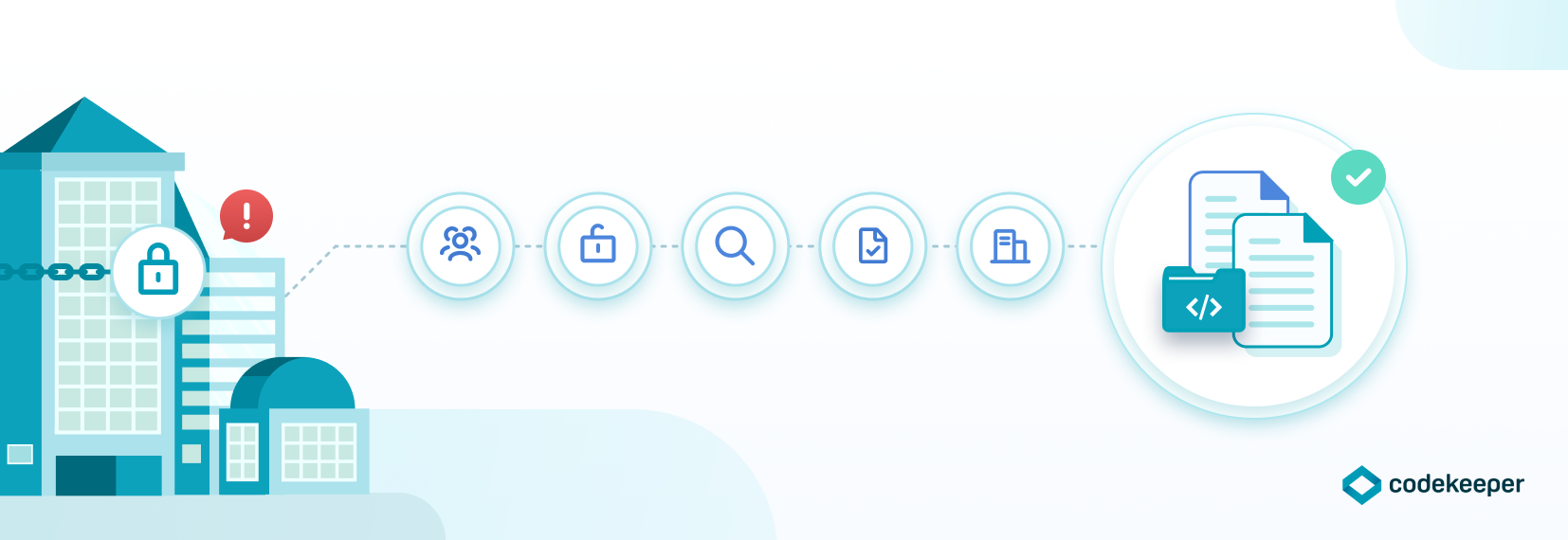There’s a New Scary Ransomware Group on the Block
There's a new scary ransomware group on the block and they are targeting businesses across the globe.

By Jo Rust
Ransomware attacks have become a significant threat to businesses worldwide, as cybercriminals continue to exploit vulnerabilities in organizations' digital infrastructures. A recent report by NordLocker has unveiled the tactics and strategies of a prolific ransomware group dubbed the "Royal Ransomware Group”, a group that has launched 26 attacks in March alone.
The Royal Ransomware Group: Key Findings
- Targeted Attacks: The group focuses on targeted attacks against businesses, rather than mass-distributed ransomware campaigns. This approach allows them to concentrate on high-value targets and maximize potential profits.
- Strategic Use of Social Engineering: The group relies on social engineering techniques, such as phishing emails, to gain initial access to their target's network. This involves tricking employees into revealing sensitive information or clicking on malicious links.
- Encrypting Files and Demanding Ransom: Once the group gains access to a target's network, they deploy ransomware to encrypt files, rendering them inaccessible. They then demand a ransom in exchange for the decryption key, often in the form of cryptocurrency.
- Threatening Data Exposure: The Royal Ransomware Group adds an extra layer of pressure by threatening to publicly expose the victim's sensitive data if the ransom is not paid, increasing the likelihood of payment.

Protecting Your Business from Ransomware Attacks
To safeguard your business from ransomware attacks, consider implementing the following best practices:
- Employee Training: Educate employees about ransomware threats and the risks associated with clicking on suspicious links or downloading unknown attachments. Regular training sessions can help build a security-conscious workforce and minimize the chances of successful social engineering attacks.
- Regular Backups: Schedule routine backups of critical business data, ensuring that the backups are stored securely, both on-site and off-site. This will enable your business to recover quickly in the event of a ransomware attack without having to pay the ransom.
- Update and Patch: Keep your software, operating systems, and applications up to date with the latest security patches. Cybercriminals often exploit known vulnerabilities in outdated software to gain unauthorized access to networks.
- Implement Strong Security Measures: Employ robust security measures, such as firewalls, antivirus software, intrusion detection systems, and email filtering solutions, to protect your network from potential ransomware attacks.
- Develop a Ransomware Response Plan: Create a detailed ransomware response plan that outlines the steps to be taken in the event of an attack. This plan should include procedures for isolating affected systems, notifying relevant parties, and initiating data recovery efforts.
And finally, investing in software escrow can help mitigate the risk of being infiltrated by a ransomware group such as Royal. More and more of these groups are starting to target businesses at scale. Investing in software escrow as an added security measure helps ensure you are able recover your systems in the event of an attack and guarantee continuity. It’s like any form of insurance: it’s better to have it and not need it than need it and not have it.
Book a demo call with one of our experts who will be happy to walk you through our escrow services and solutions to help protect your business continuity in the event of a data breach.




